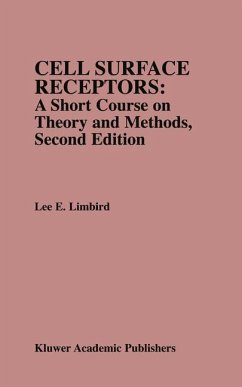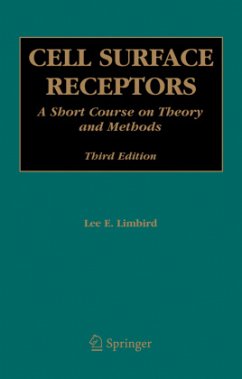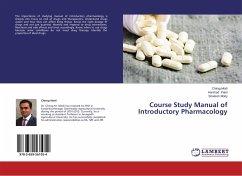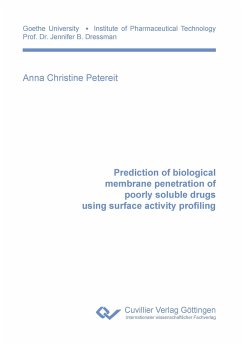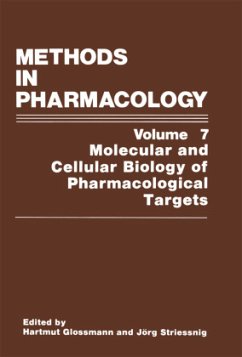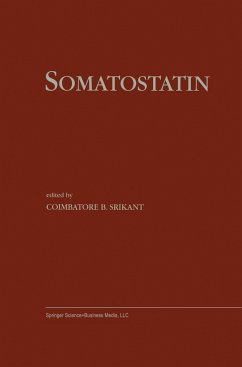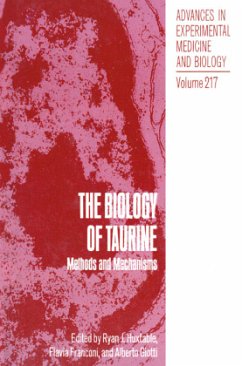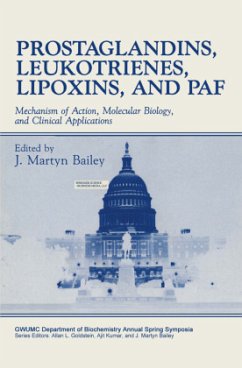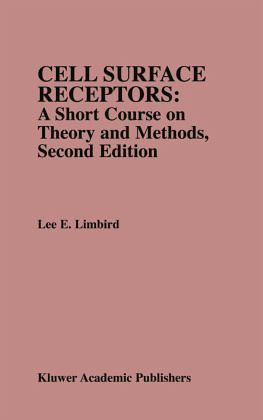
Cell Surface Receptors: A Short Course on Theory and Methods
A Short Course on Theory and Methods
Versandkostenfrei!
Versandfertig in 1-2 Wochen
115,99 €
inkl. MwSt.
Weitere Ausgaben:

PAYBACK Punkte
58 °P sammeln!
Cell Surface Receptors: A Short Course on Theory and Methods, Second Edition is a primer for the study of cell surface receptors. The simplified discussion of methods and their underlying principles removes the usual intimidation caused by the specialized vocabulary or sophisticated mathematics that characterize many of the primary papers in this field. In this way, the basic concepts become emphasized. This volume is a starting point: a textbook as well as a manual to which the investigator can return for a refresher course, when needed.





